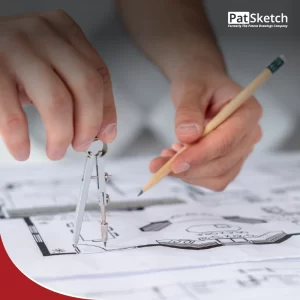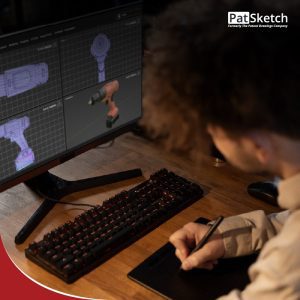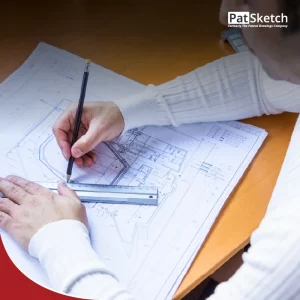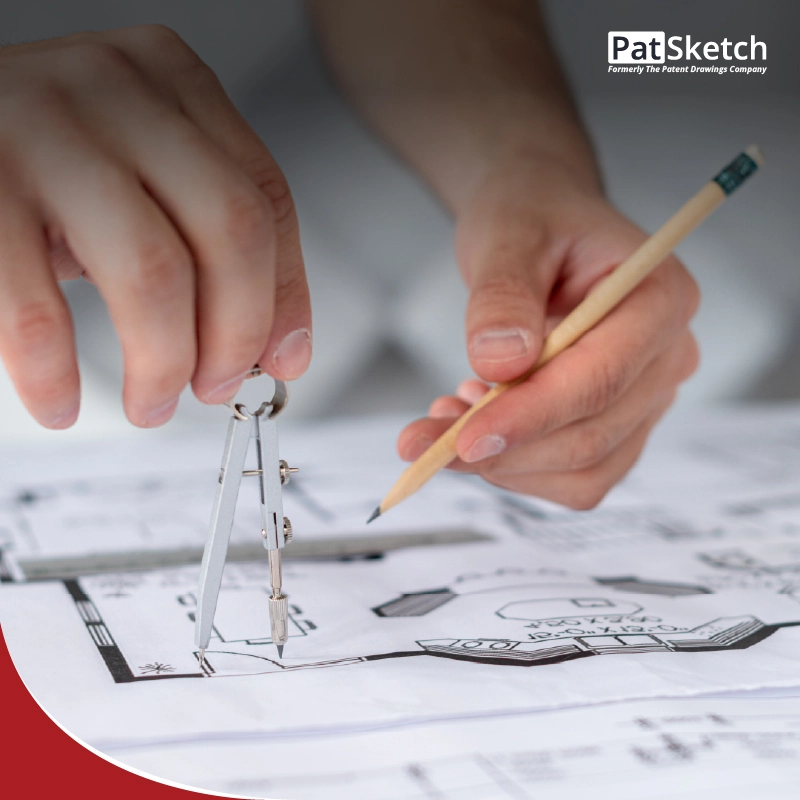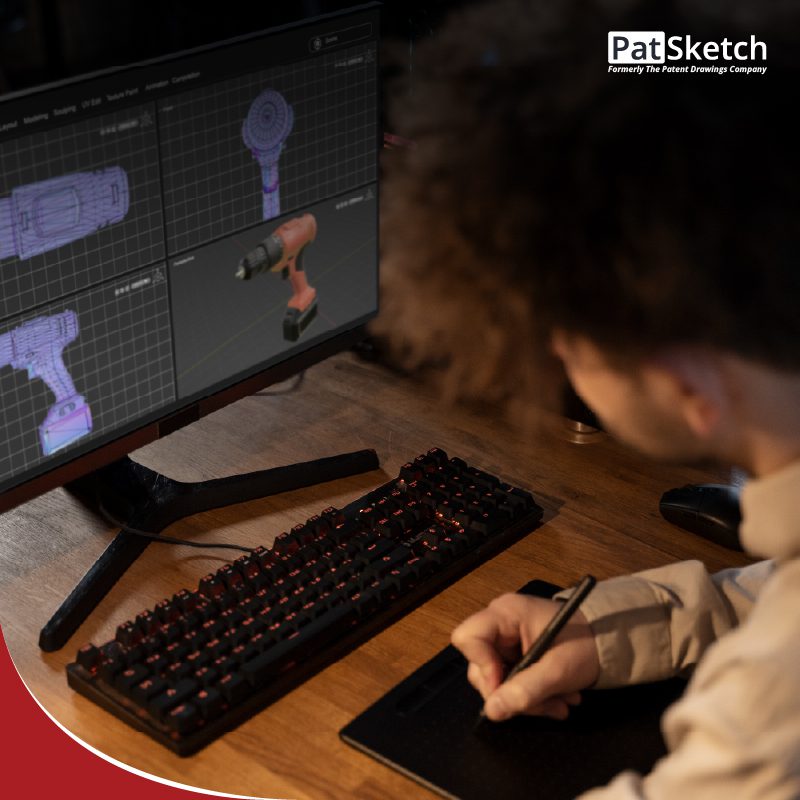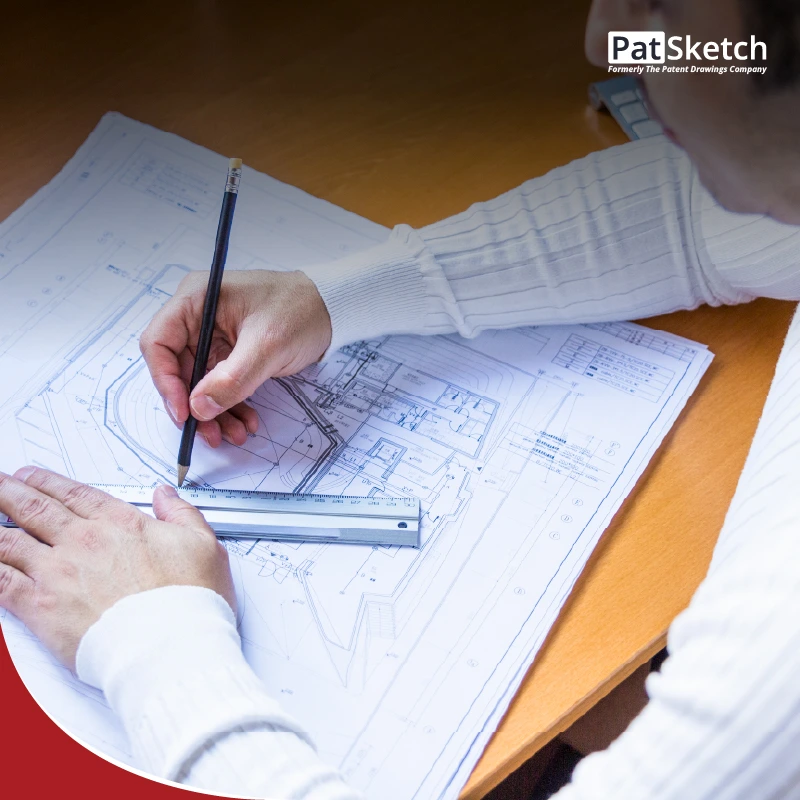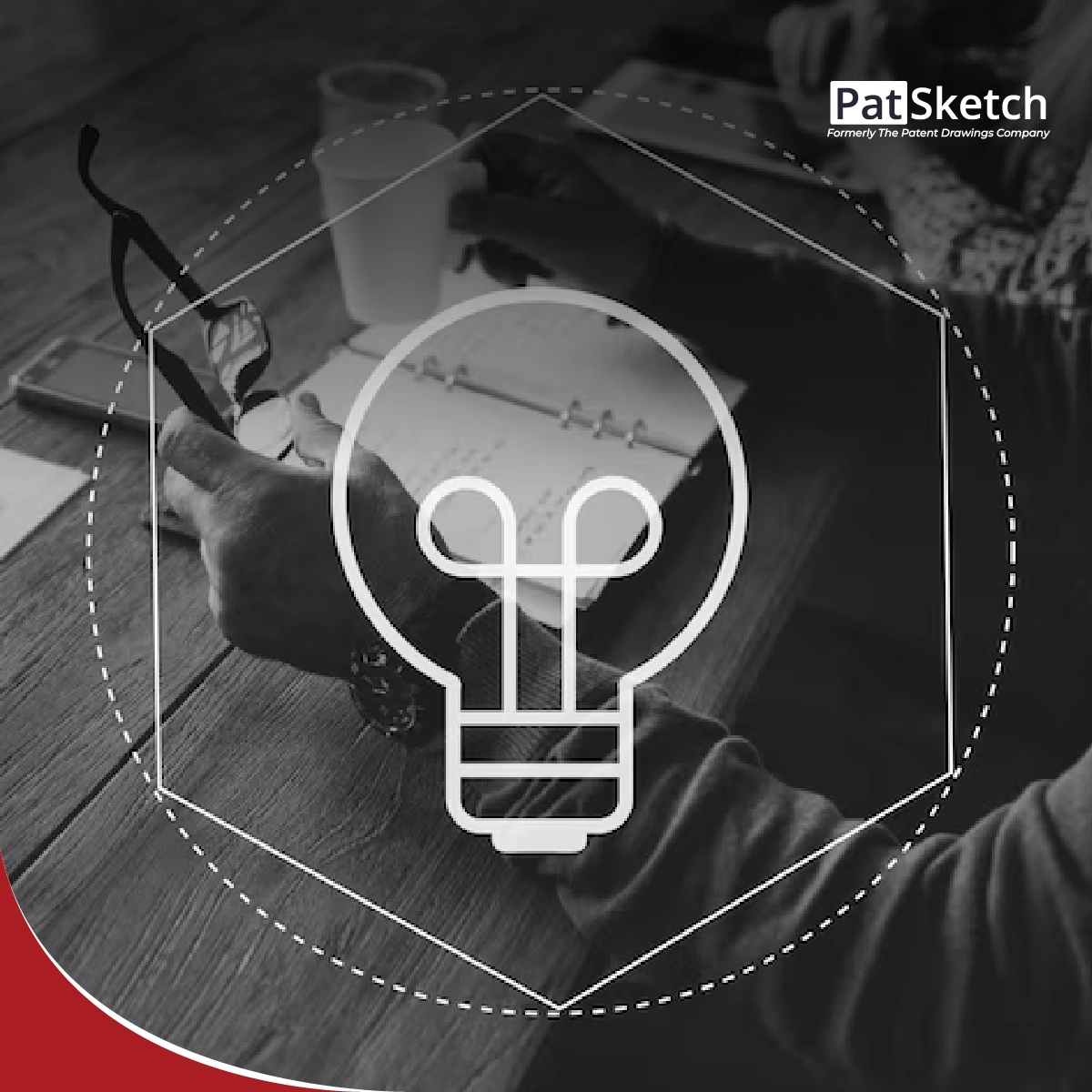Introduction
The patent examination process involves reviewing a patent application to ensure that it meets the criteria for patentability. One important aspect of this process is the use of patent drawings. Patent drawings provide a visual representation of the invention described in the patent application, and they can be used to clarify and supplement the written description. In this paper, we will discuss the role of patent drawings in the patent examination process.
The Importance of Patent Drawings
Patent drawings play a vital role in the patent examination process. They provide a visual representation of the invention and can help examiners understand the invention’s structure, function, and operation. Drawings can help clarify the written description and provide information that may not be easily conveyed through words alone.
Additionally, patent drawings can help examiners identify potential issues with the application. For example, if the drawing shows that an aspect of the invention is not fully disclosed or is unclear, the examiner may require additional information to clarify that aspect. Drawings can also help examiners identify potential prior art that could affect the patentability of the invention.
Requirements for Patent Drawings
To be considered as part of a patent application, drawings must meet certain requirements. They must be clear, complete, and capable of being reproduced in black and white. The drawings must also conform to certain standards, such as having consistent line weights and using specific shading techniques.
The rules for patent drawings can be complex, and it is recommended that a patent attorney or agent assist with preparing the drawings to ensure that they meet the necessary requirements.
Examiner’s Use of Patent Drawings
Examiners use patent drawings to gain a better understanding of the invention and to evaluate whether the invention is novel and non-obvious. The drawings can be used to compare the invention to prior art and to determine whether the invention meets the requirements for patentability.
Examiners may also use patent drawings to identify potential patentable features of the invention. If the drawings show an aspect of the invention that is novel and non-obvious, the examiner may focus on that aspect when evaluating the patentability of the invention.
Conclusion
In conclusion, patent drawings play a crucial role in the patent examination process. They provide a visual representation of the invention and can help examiners understand the structure, function, and operation of the invention. Drawings can also help identify potential issues with the application and assist examiners in evaluating the patentability of the invention. It is essential that patent applicants ensure that their drawings meet the necessary requirements and are prepared to the highest standards to ensure that their application is successful.


